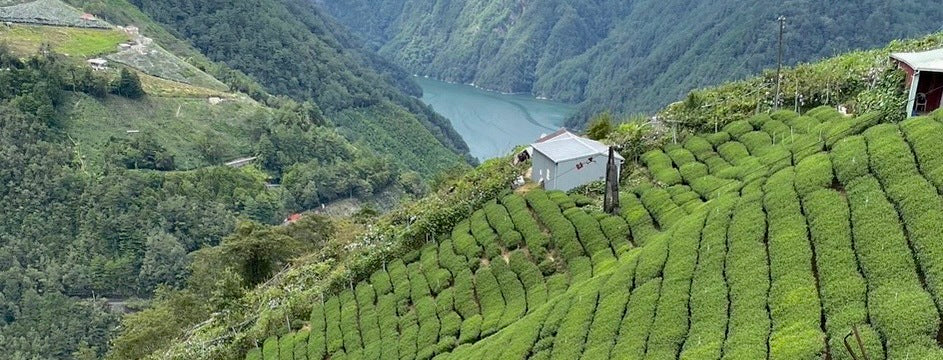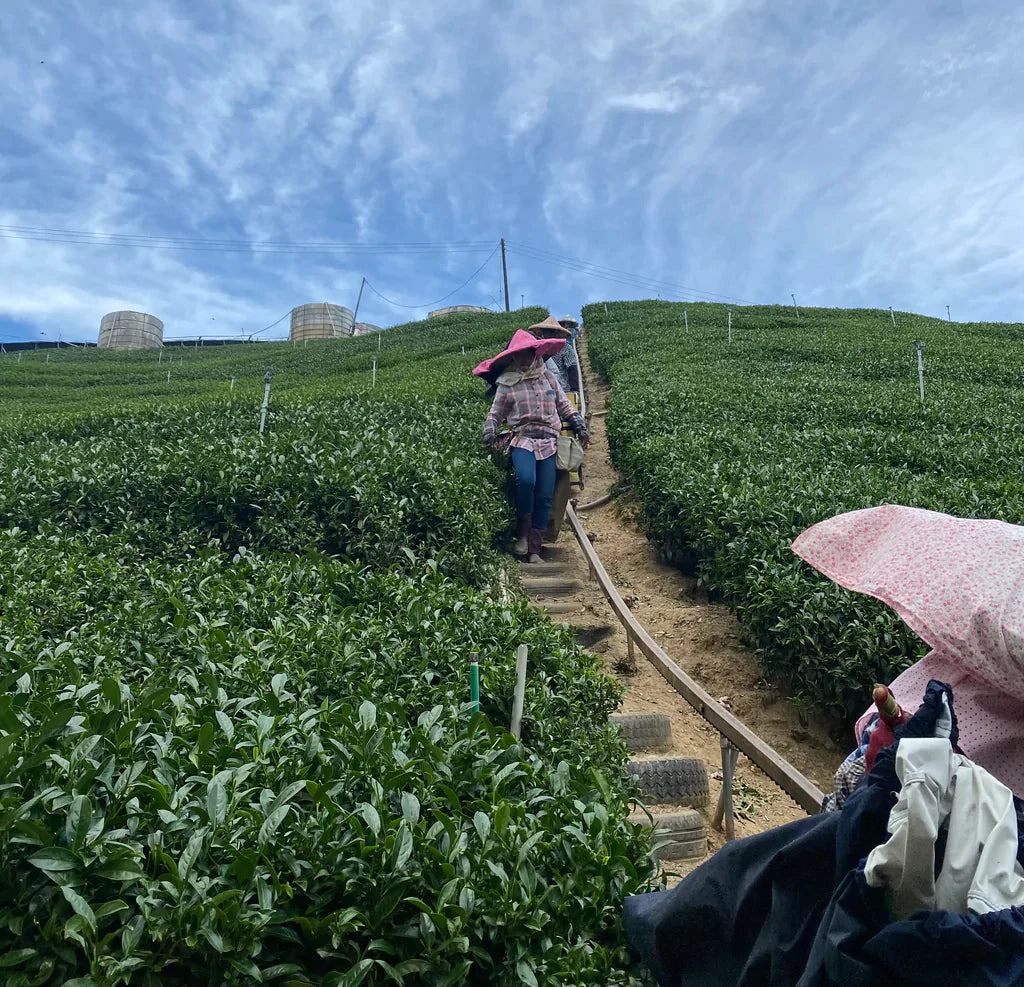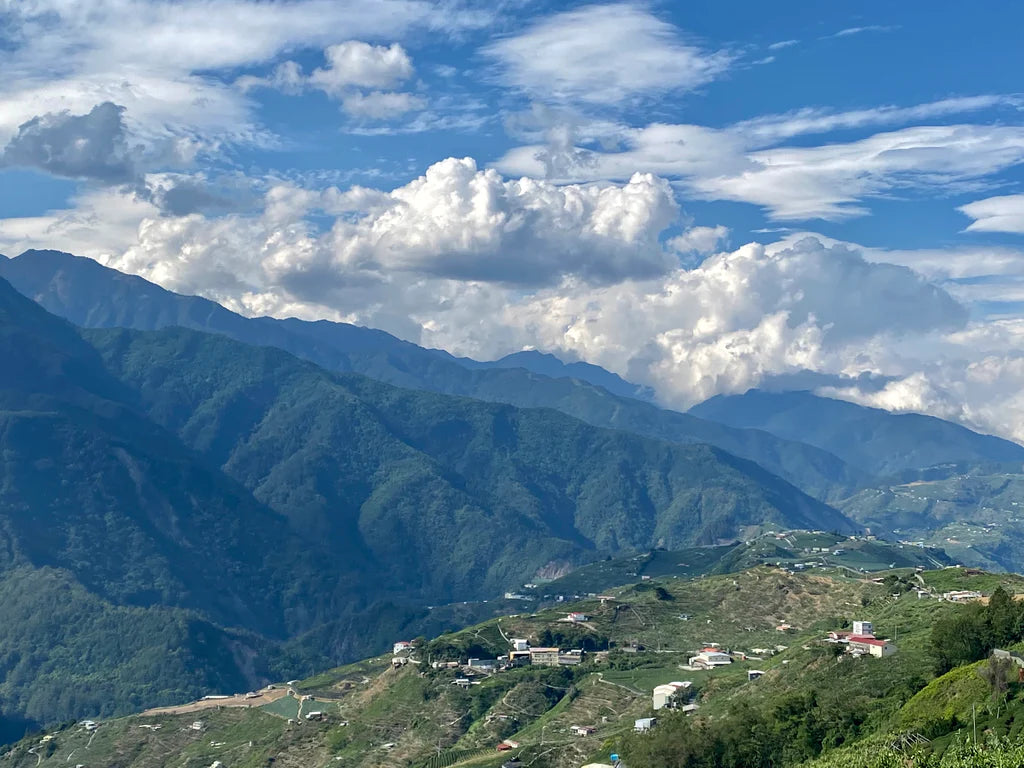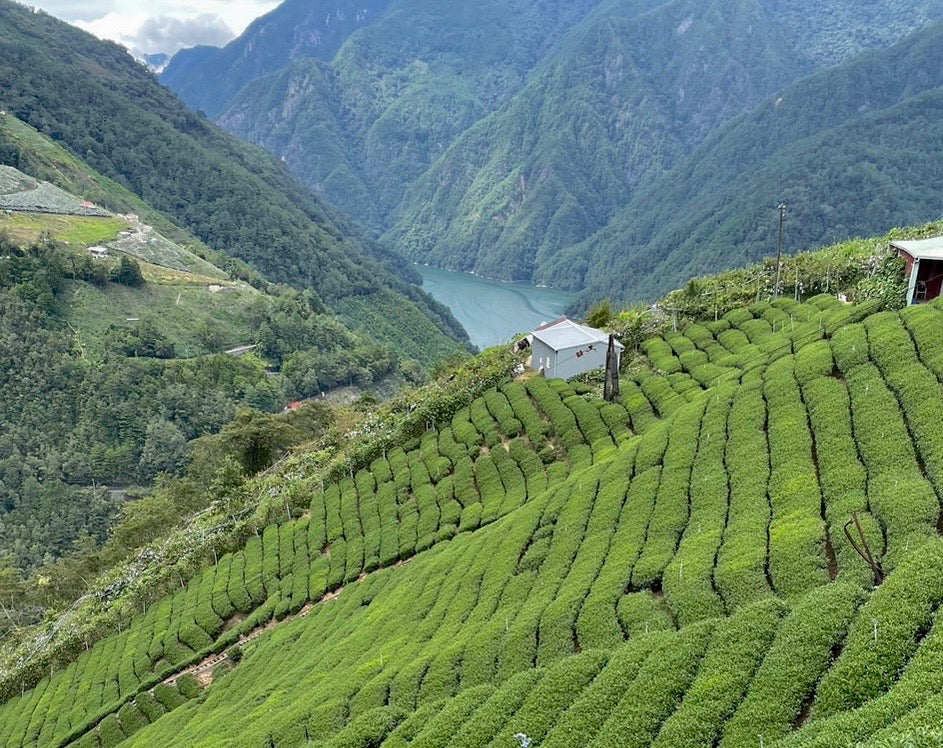
Li Shan High Mountain Oolong Tea | Eco-Cha Tea Club

Batch 95 of the Eco-Cha Tea Club is a Li Shan High Mountain Oolong Tea from fall 2023 harvest. The Eco-Cha Tea Club is mostly about finding an unusually distinct batch of tea that is not generally available on the market, while maintaining variability in the monthly editions — with the goal of continually offering a different character of tea from month to month. Furthermore, we want to offer Taiwan's renowned specialty teas that are the best of their kind — in the world. Batch 95 is one of these representative Taiwan Oolong Teas: Li Shan High Mountain Oolong Tea.

Above is the highest elevation tea factory on the island of Taiwan. In other High Mountain Tea producing regions such as Shan Lin Xi and Alishan, high elevation tea factories are less ideal because they are usually socked in with thick fog by early afternoon. Li Shan is different. The climate in this region is more akin to an alpine climate in North America. Due to it's elevation of 2000m and above, it's drier — with significantly more diurnal temperature variation. Strong sun at noon, and low temps at night. This is why Li Shan Tea stands alone. It's got substance that only these climate conditions can produce.

This second flush batch of tea was harvested in August. Spring rains arrived late and temperatures remained cooler than normal through April. We had frequent afternoon thunderstorms throughout the summer, interspersed with clear nights and sunny mornings. Our spring 2023 batch of Li Shan High Mountain Oolong was a substantial, full-bodied, balanced, and complex brew. And the summer batch is lighter, brighter, and more floral. This is one example of how climate change has resulted in seasonal harvests becoming more unique, and less consistent. It's all fine quality tea, but less determined by consistent annual seasons, and more determined by individual seasonal growing conditions.

Twenty or thirty years ago, spring and winter harvests were very distinguished in their character and flavor profile. They also were noticeably better quality than the "in between" summer/fall harvests. In the last decade or more, this has changed. Consequently, we have become more and more dedicated to assessing each season on its own, taking into account the weather patterns during the growth period — which we are able to track, since we live here and are in continuous contact with our sources. We are grateful to be able to share our experience of the Taiwan Tea industry from an "on the ground" perspective in order to allow our tea club members to gain a better understanding of this culture from season to season and year to year.

Our source of Li Shan Tea is situated directly above the De Ji Reservoir, and is downwind from this large body of water — offering a micro-climate that is ideal for tea cultivation. On a daily basis, moisture from the reservoir rises from the valley floor and envelopes the surrounding ridges in cool fog. Indeed, this is why we decided on this farm as our ongoing source, along with the fact this husband and wife team are literally the most in-demand tea producers we know. They started with nothing 30 years ago, and have worked very hard to achieve their current status. We admire them a great deal, and they are really nice people!
LET US KNOW!
What did you think of this article? Have any questions? We really want to know what you think! Leave any thoughts or questions in the comment section below!
SUBSCRIBE!
If you enjoyed this post and would like to hear more about the specialty tea industry here in Taiwan, follow us on YouTube, Facebook, and Instagram and please subscribe to our newsletter. Subscribe now and get US$5 off your first order!

